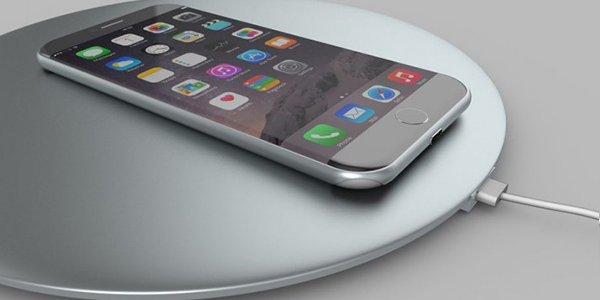
Happy New Year folks. We have entered into another year in the continuous era of technology. Technology always has something new and better and we never know what the upcoming year unfolds. As we look back into 2017, needless to say, it was a year of technology with technology trends making a bigger impact on the technology landscape. While artificial intelligence (AI) topped the charts, Virtual & Augmented Reality along with Smart home tech, intelligent apps, intelligent things occupied the latter places. In 2018, technology is set to shift an even bigger focus on the internet of things (IoT), AI and machine learning.
Today, I would like to discuss one of the technology trends in 2018, that is more likely to dominate this year, i.e., the Wireless Charging System. Wireless Charging has already hit the news and the internet with Apple Inc. filing a patent application with the US Patent and Trademark Office for a new wireless charging system that will allow users to charge devices across another room. The US Patent and Trademark Office published a pair of patent applications from Apple that relates to wireless power transfers and a unique scheduling system. The new patent application filed by Apple suggests that long-range wireless charging might become a reality in 2018.
What is a Wireless Charging Technology?
Wireless Charging provides a convenient, safe, and reliable way to charge and power millions of electrical devices at home, in the workplace, and in industry. Eliminating the use of physical connectors and cables, wireless charging provides a greater efficiency, cost, and safety advantages over the traditional charging cable. Wireless charging is based on the principle of magnetic resonance, or Inductive Power Transfer (IPT). This is the process of transferring an electrical current between two objects through the use of coils to induce an electromagnetic field.
How wireless charging works?
Broadly speaking, there are three types of wireless charging which include radio, inductive, and resonance.
Wireless Radio Charging
Wireless radio charging involves a transmitter that is connected to a socket in order to generate radio waves. When your device receiver is configured to the same frequency as the radio transmitter, you can charge your device battery. However, this type of wireless charging is used to charge devices that utilize very little power and run on small batteries. The electronic devices may include devices such as wireless keyboards, wireless mice, smartphones, medical devices, hearing aids, wrist watch devices, music players, and much more.
Inductive Charging
In this method of wireless charging, an adapter that contains contact points is attached to the back of your device. When your device battery requires charging, you simply place it on a wireless or conductive charging pad. The charging pad is then plugged into an electrical outlet. Inductive charging is typically used for medium-sized devices such as a few different types of smartphones, tablets, and MP3 players.
Resonance Charging
Resonance charging involves a copper coil which is attached to the device that requires charging with another copper coil attached to a power source. Wireless charging takes place only when both the copper coils are configured to a common electromagnetic frequency. This allows you to charge the device battery from the power source. This type of charging is accomplished over short distances only and used for devices that utilize a significant amount of power. These electronic devices may include large computers, electric cars, vacuum cleaners or robots.
Greater distances between sender and receiver coils can be achieved when the inductive charging system uses the resonant inductive coupling. Recent improvements to the resonant system include using a movable transmission coil, for example, mounted on an elevated platform or arm, and the use of silver-plated copper or sometimes aluminum for the receiver coil to minimize weight and decrease resistance due to skin effect. Through this process, power can be transferred safely over an air gap and also through any non-metallic object that might exist between the coils, such as wood, plastic or granite.
Apple’s Wireless Charging System
In the patent application filed by Apple, it will reportedly let the user set up wireless charging transfers in a particular order so that their iPhone gets power first, followed by Apple Watch and then the iPad. According to the patent, it is said that Apple is also looking for ways to limit the power supply to individual devices. If successful, users can indicate the important devices for which should be given higher power and it will be done so. For example, a user can indicate that an iPhone is more important than an iPad in a room and the system will provide more power to the iPhone, limiting supply to the iPad.
The patent further states that the system can communicate with the electronic devices or power adapter over a communications network. The power adapter and other components of the system may gather information such as user device charging priority settings, battery charge state information, device type information, usage history information, calendar information, and other information.
The long-range wireless charging system from Apple is similar to that of the Energous WattUp wireless charging system. Energous recently received certification from the Federal Communications Commission (FCC) for power-at-a-distance wireless charging with its WattUp Mid Field transmitter. The transmitter converts electricity into radio frequencies, then beams the energy to nearby devices outfitted with a corresponding receiver.
Once the patent is allowed, Apple will be able to roll-out a technology which will let several devices in a room to get charged simultaneously. With Apple making the headlines in the global market, more wireless charging enabled products are expected to enter the fray this year.
